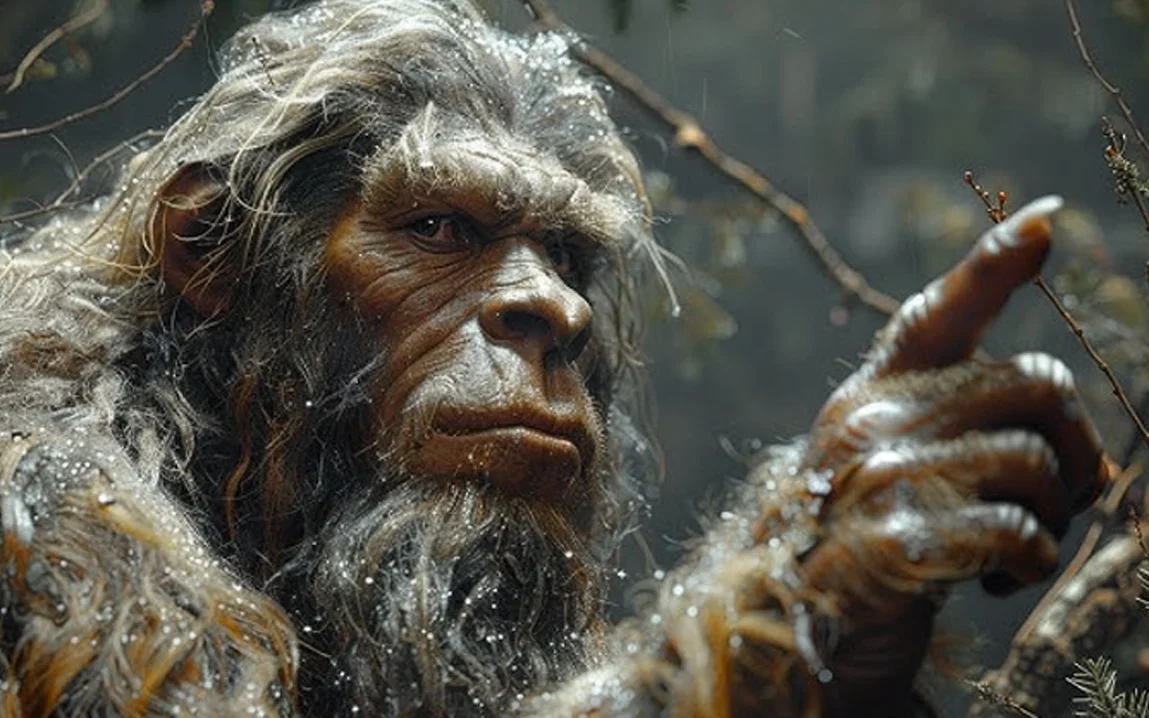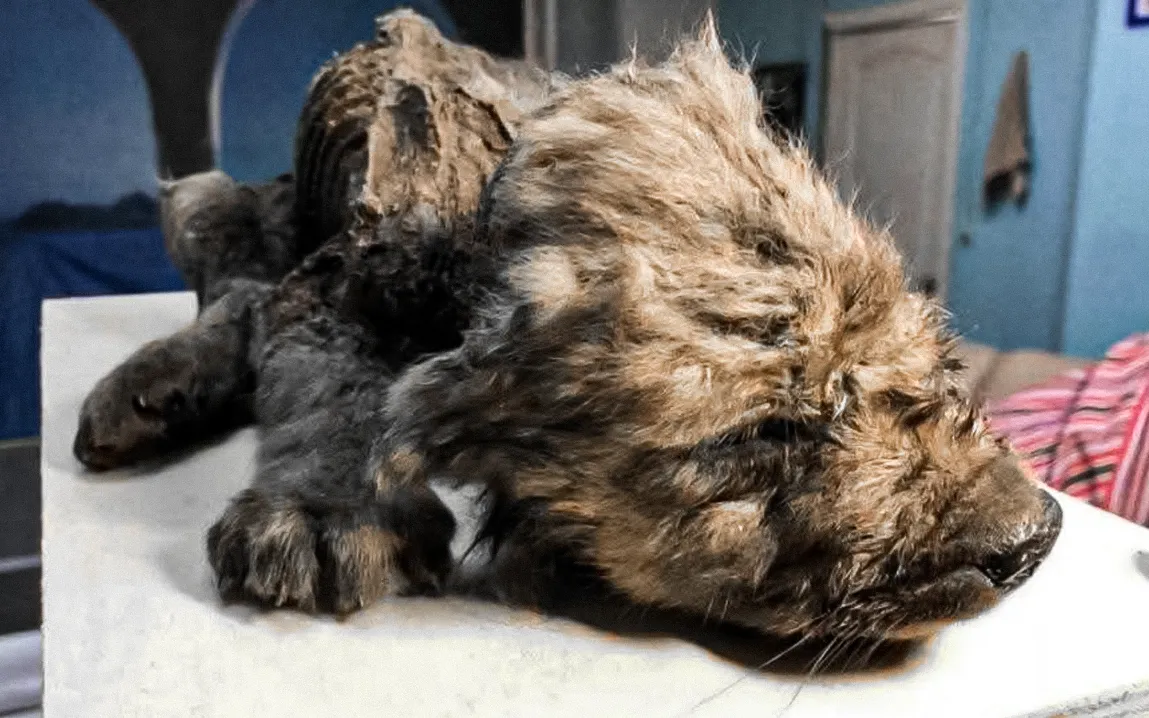In a shocking discovery, researchers have found a new human species, Homo juluensis, which inhabited eastern Asia. The finding upends conventional human evolution theories, indicating a more complex network of ancestral lineages than ever imagined.
Discovery and Identification
The quest to discover Homo juluensis started with the diligent work of Professor Christopher J. Bae of the University of Hawaiʻi at Mānoa and Professor Xiujie Wu of the Chinese Academy of Sciences. For three decades, Professor Bae worked hard to research human ancestors in Asia. Their joint research, published in Nature Communications, illuminates the various hominin species that existed side by side during the late Middle and early Late Pleistocene periods, around 300,000 to 50,000 years ago.
Homo juluensis is named for “Ju Lu,” Chinese for “big head,” in recognition of the species’ prominent cranial features. Fossil remains show that early humans possessed particularly large craniums, supporting brains larger than those of modern humans. Such cranial capacity implies advanced intellect, though just what kind of intelligence and behavior they had is the subject of continued research.
Physical Characteristics and Lifestyle
Aside from their prominent skulls, Homo juluensis had sturdy bodies and big teeth, adaptations most probably fitting their environment and lifestyle. Dental examination shows wear patterns that correspond to a diet with hard, fibrous vegetation and meat, meaning they were both gatherers and hunters.
Archaeological evidence indicates that Homo juluensis was an organized group hunter, and wild horses were a main target. The presence of stone tools and butchered animal remains in several sites indicates their expertise in tool manufacture and meat processing. The presence of hide processing evidence also indicates they made clothing and perhaps shelter coverings, vital for survival under the diverse climate conditions of eastern Asia.
Geographical Range and Habitat
Homo juluensis fossils have been discovered mainly in parts of northern China. The regions were characterized by alternating climatic conditions, from temperate to extremely cold environments, when the species lived. Homo juluensis’ capability to survive in such variable environments testifies to their adaptability and resourcefulness. Their settlements would most probably have been placed near sources of water, giving them access to both hydration and food sources, as well as in regions high in flint and other usable material for toolmaking.
The discovery of Homo juluensis puts an important piece into the jigsaw puzzle of human evolution. Their presence coincides with other hominin species, such as Homo sapiens and Neanderthals, which indicates the possibility of contact between these groups. This geochronological and geographical overlap poses interesting questions regarding possible cultural exchange, genetic breeding, and resource competition.
Among the strongest points of this discovery is how Homo juluensis might be connected to the mysterious Denisovans. Until this study, our understanding of the Denisovans came from scant DNA samples and fragmentary fossil discoveries in Siberia, Tibet, and Laos. The similarity in morphological details of the jaws and teeth of Homo juluensis with Denisovan specimens indicates a more intimate relationship than previously known. This linkage may yield information about the migration trends and relationships of prehistoric human populations in Asia.
Challenges and Future Research
While the finding of Homo juluensis provides thrilling new insights, it also poses challenges. The fossil record is still incomplete, and much of their physiology and culture remains to be discovered. Current and future excavations hope to dig up more artifacts and skeletal remains, which might give greater insight into their everyday lives, social dynamics, and reasons for their eventual disappearance around 50,000 years ago.
Genetic studies will be key to this process. Through the extraction and sequencing of DNA from Homo juluensis fossils, researchers are optimistic that they can shed light on their affinity with other hominins, including humans today. These analyses may determine whether there was interbreeding and how genetic transfer might have impacted the evolutionary histories of the participating species.
Impact on Understanding Human History at Large
The discovery of Homo juluensis lays bare the complexity of human evolution, especially in these areas to have been considerably underemphasized in paleoanthropological research thus far. The whole concept has given the straight-line development model successfully to question the very existence of history in three dimensions, where various hominid species intermingle, coexist, and interact with each other, and at the same time influence their respective fates.
This discovery forces us to reconsider what leads one species of human to survive while another becomes extinct. The understanding of the adaptive capabilities, cultural innovations, and ecological pressures that faced Homo juluensis shall provide rich lessons on being resilient and adaptable, traits that have gained greater relevance more than ever before in today’s pervasive change.
In conclusion, the identification of Homo juluensis furthers the understanding of the human family tree and encourages us to reflect on the intricate web of connections and events that have colored our shared history. As research continues, this fresh knowledge will shine a light on the varying paths that our ancestors followed and the differing strategies they employed to adapt to their world.



